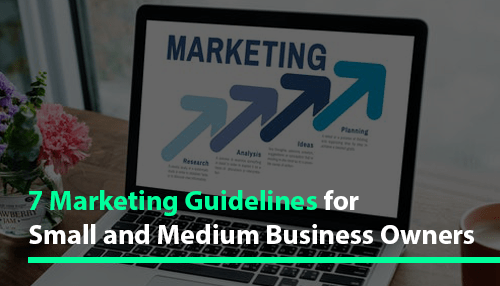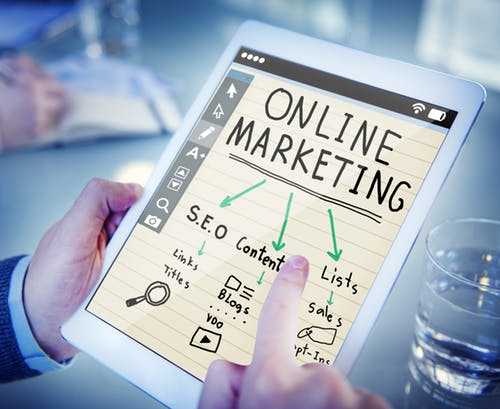Marketing is an incredibly important activity that can have a very strong influence on the viability of any business. If done right, it can drastically improve a business’s visibility and its net income. If managed poorly, marketing is nothing more than a giant waste of resources. That is why such an important issue is usually outsourced to experienced professionals.
However, these rules don’t always apply in the world of small and medium businesses where business owners play any role their businesses demand, including that of the marketing experts. If you are one of them, here are a couple of useful tips that should help you set your marketing strategy on track and give your business a chance for growth.
Know your audience by heart
The first and most important building block of any successful marketing strategy is the knowledge of the intended customer base. So, before you do anything else, ask yourself these three questions about your future customers:
- Who are they?
- What do they do?
- How can you make their lives easier?
Once you get this insight into their personalities and see how you can make yourself a part of their lives, you’ll have a great foundation for defining your audience in terms of demographics, segmenting your marketing lists, and personalizing your marketing messages.
Focus on the most effective marketing channels
The current landscape of digital marketing channels can be a bit overwhelming. What is important to remember if you want to navigate it successfully is that not every one of them is worth investing in, at least in the context of your own business, its marketing agenda, and its intended audience. For instance, LinkedIn is the perfect platform for B2B outreach. With its rich visual representation, Instagram makes the most sense for stores and workshops.
Leverage the power of promotional items
The small and medium business market is strongly rooted in local economies. In these small environments, promotional items can be just as powerful marketing assets as mass media channels. The list of items you can use for promotion is virtually endless. For instance, companies like Compendium Planet can make branded iPad compendiums you can use to reward your partners and associates. Larger scale giveaways can be performed with anything ranging from branded mugs and fidgets to hard drives and power banks.
Sell benefits rather than specs
Although they can be easily described in terms of price, quality, dimensions, and similar traits, these properties don’t always make a solid basis for successful marketing campaigns. The main reason why is that, taken out of context, these numbers and specs alone mean very little to your customers. Instead of focusing on them, you should try to explain to your customers how these specs can change their lives for the better and what makes them more effective than the products of your direct competitors.
Keep your content fresh and relevant
By now, humanity has become fed clickbait titles and promotional content. You need to show your customers a dose of care and understanding by saving them from these cheap marketing tactics and providing them with quality, valuable, and relevant content. Although you should build your entire content strategy around some marketing agenda, if you ever want to keep a stable influx of website visitors, you should put your marketing messages in the backseat and focus on providing insights and information.
Optimize your email marketing strategy
Although they are often disregarded as a slow and inefficient form of communication, a recent survey says that as much as 86% of consumers prefer emails when performing business communication. So, emails can still be used as an incredibly powerful marketing asset. Still, to make your email strategy efficient, you need to avoid spamming recipients with endless brochures and offers, optimize your messages for mobile viewing, and include calls to action to motivate them to engage in further interaction. For instance, email marketing is the best way to promote your medical practice marketing and grow your medical strategy.
Listen to your audience
The local environment in which SMBs often operate gives their owners a unique advantage. Large corporations simply don’t have – an opportunity to interact with their audience in a much more intimate manner. With your ears so close to the ground, you will be able to see how your marketing campaigns are enveloping, gather great feedback, and if necessary, re-adjust your strategies on the go. Even when your audience’s reactions defy any logic, this simple fact will help you to reach a better understanding of the problem.
We hope these seven guidelines help you sort out where your marketing priorities should be and how you should approach smaller locally based markets. Of course, the issue of marketing is much more complex than these few bullet points, but, as long as you have a strong footing, you should have no problem expanding your future efforts.





